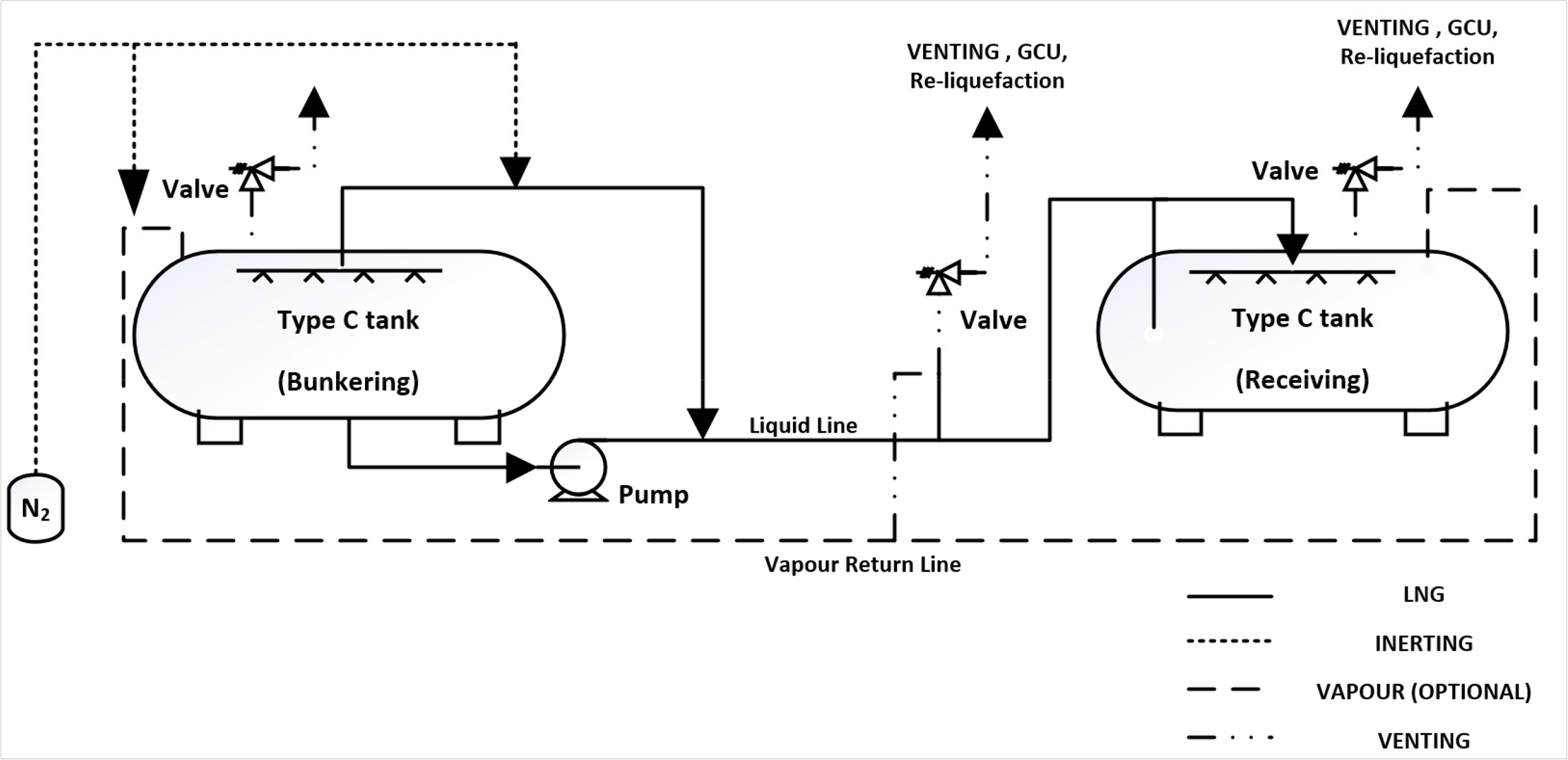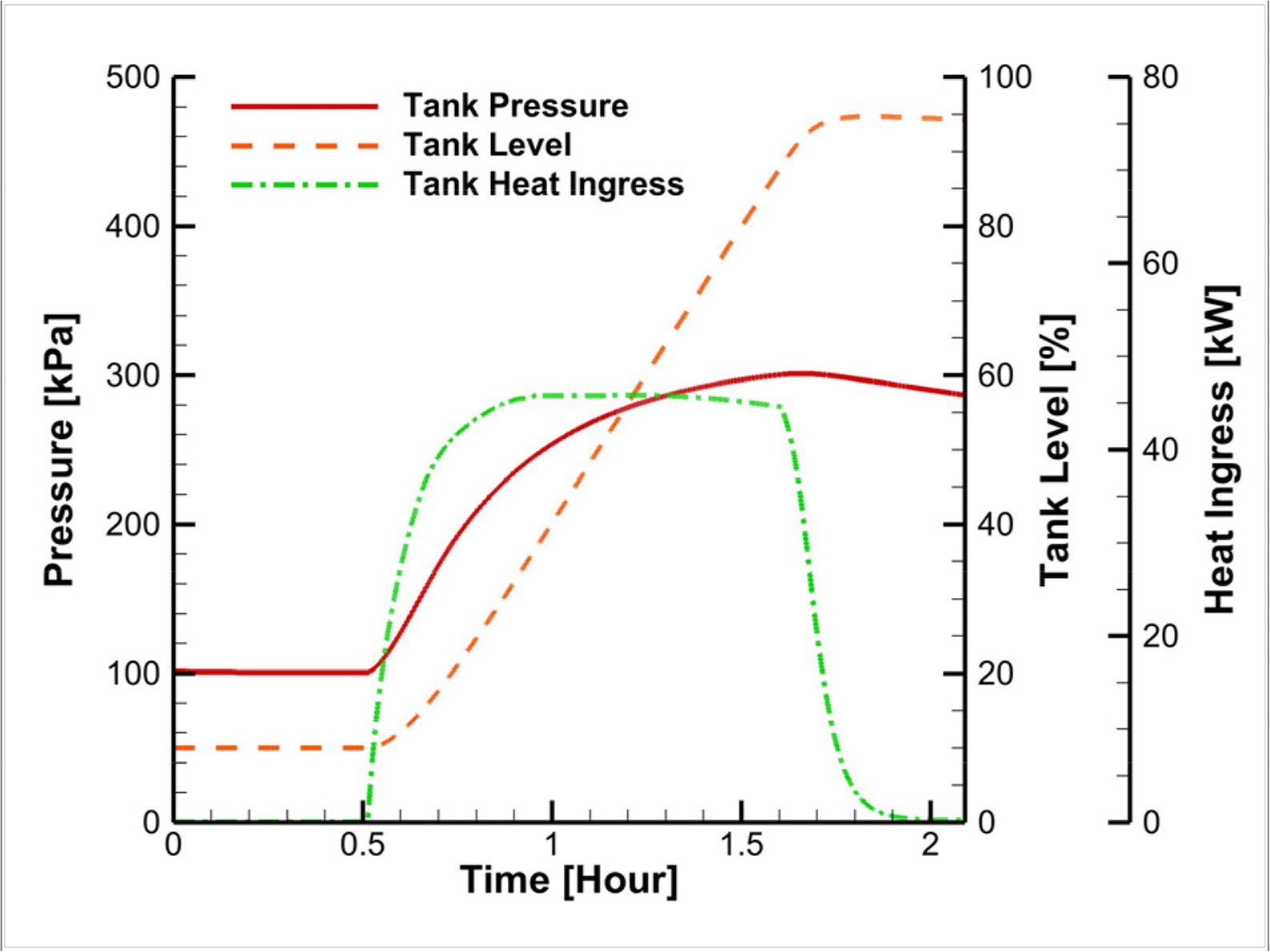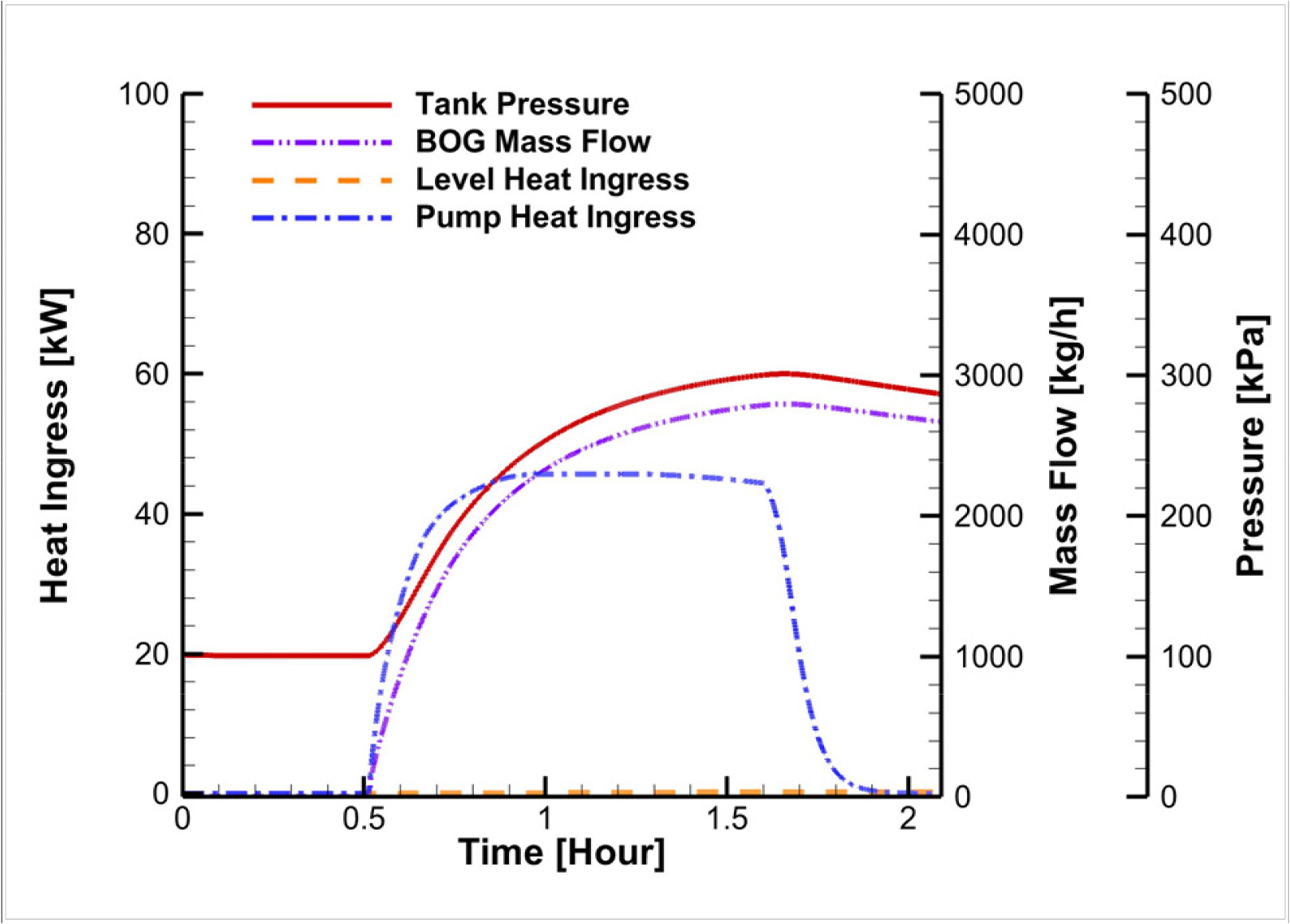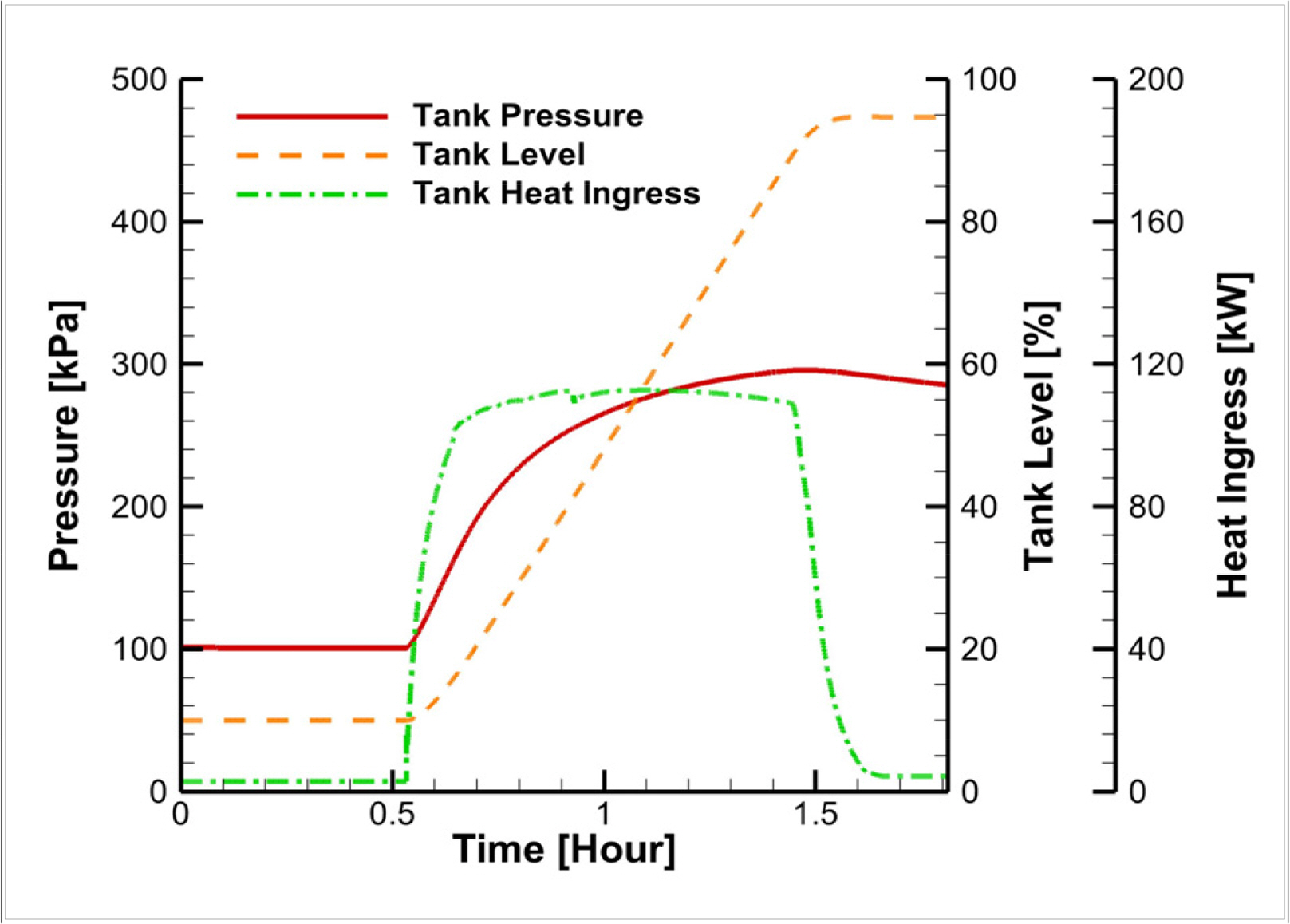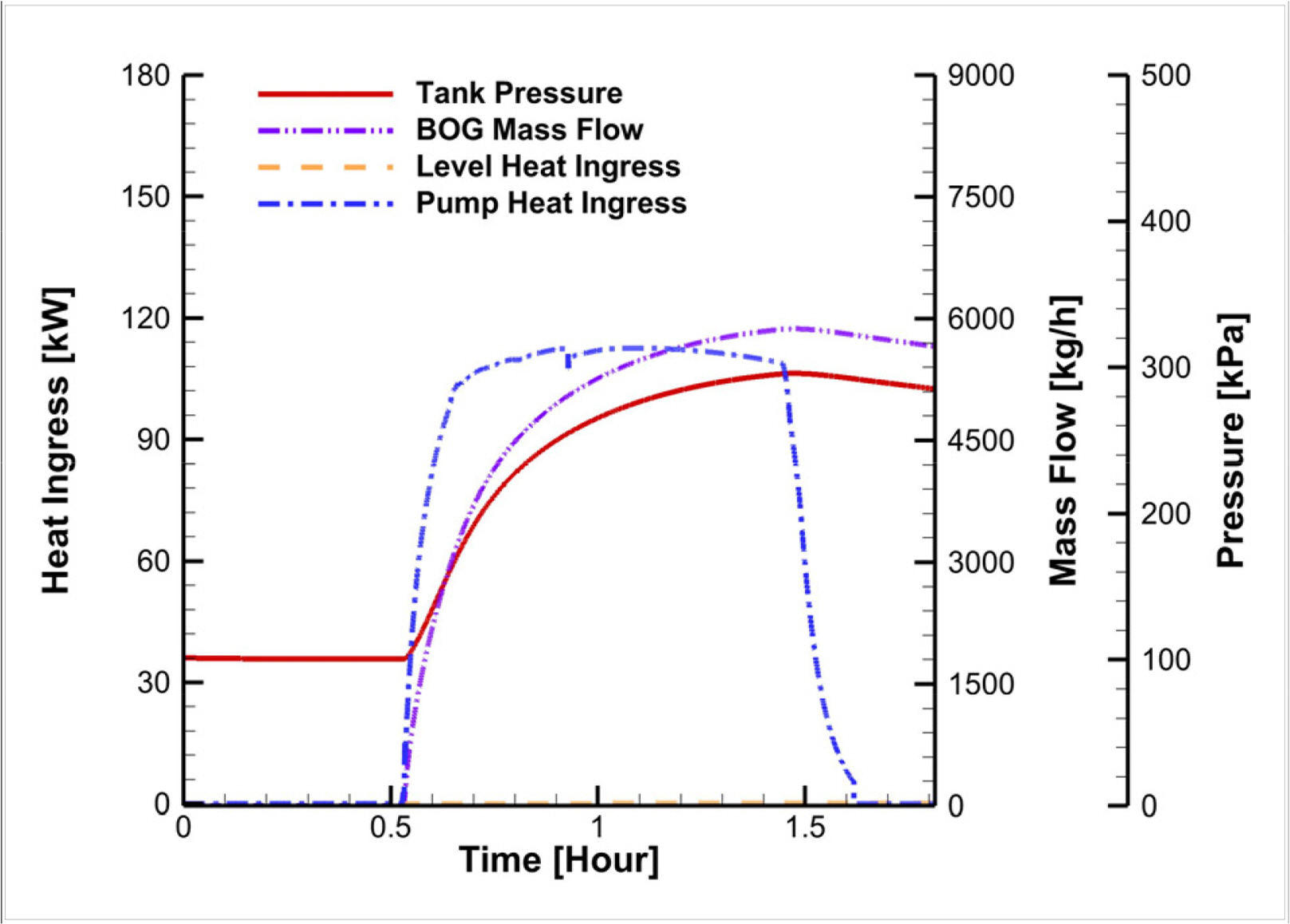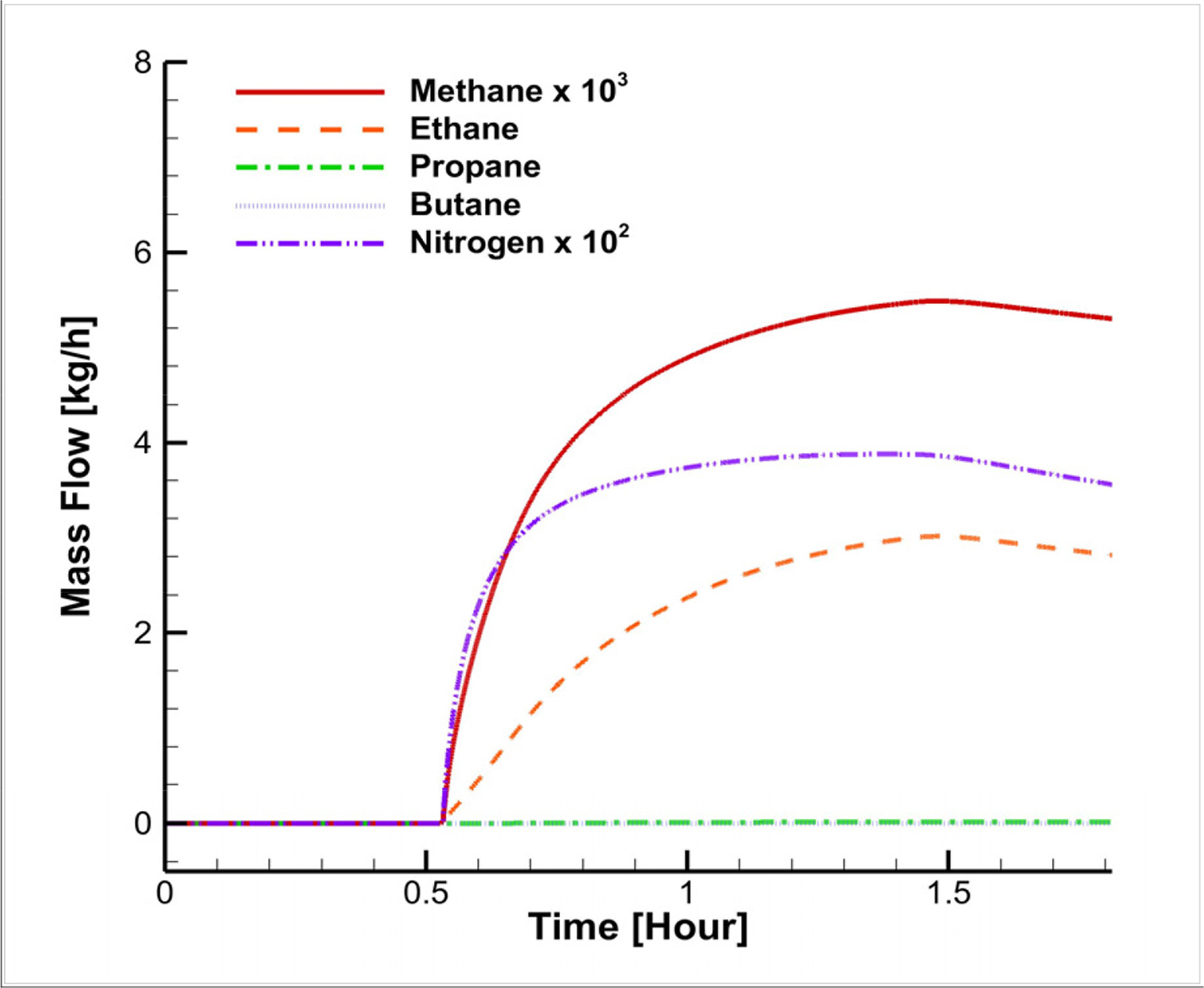Ahn, J., Lee, S., Jeong, J., & Choi, Y. (2021). Comparative Feasibility Study of Combined Cycles for Marine Power System in a Large Container Ship Considering Energy Efficiency Design Index (EEDI).
International Journal of Hydrogen Energy,
46(62), 31816-31827.
https://doi.org/10.1016/j.ijhydene.2021.07.068

Al-Breiki, M., & Bicer, Y. (2020). Investigating the Effects of Boil-off Gas on Liquefied Energy Carriers During Land Storage and Ocean Transportation.
In IOP Conference Series: Earth and Environmental Science.
581(1), p 012017 IOP Publishing.

Chang, YT., Song, Y., & Roh, Y. (2013). Assessing Greenhouse Gas Emissions from Port Vessel Operations at the Port of Incheon.
Transportation Research Part D: Transport and Environment,
25, 1-4.
https://doi.org/10.1016/j.trd.2013.06.008

Chorowski, M., Duda, P., Polinski, J., & Skrzypacz, J. (2015). LNG Systems for Natural Gas Propelled Ships.
In IOP Conference Series: Materials Science and Engineering. Tucson, AZ, USA.
101(1), p 012089.

Dissanayake, D., Rosynek, MP., Kharas, KC., & Lunsford, JH. (1991). Partial Oxidation of Methane to Carbon Monoxide and Hydrogen over a Ni/Al2O3 Catalyst.
Journal of Catalysis,
132(1), 117-127.
https://doi.org/10.1016/0021-9517(91)90252-Y

Lee, HJ., Yoo, SH., & Huh, SY. (2020). Economic Benefits of Introducing LNG-fuelled Ships for Imported Flour in South Korea.
Transportation Research Part D: Transport and Environment,
78, 102220.
https://doi.org/10.1016/j.trd.2019.102220

Wada, Y., Yamamura, T., Hamada, K., & Wanaka, S. (2021). Evaluation of GHG Emission Measures Based on Shipping and Shipbuilding Market Forecasting.
Sustainability,
13(5), 2760.
https://doi.org/10.3390/su13052760

Yu, YU., Park, SH., Jung, DH., & Lee, CH. (2020). Improving Liquefied Natural Gas Bunkering in Korea through the Chinese and Japanese Experiences.
Sustainability,
12(22), 9585.
https://doi.org/10.3390/su12229585

El-Houjeiri, H., Monfort, JC., Bouchard, J., & Przesmitzki, S. (2019). Life Cycle Assessment of Greenhouse Gas Emissions from Marine Fuels: A Case Study of Saudi Srude Oil Versus Natural Gas in Different Global Regions.
Journal of Industrial Ecology,
23(2), 374-388.
https://doi.org/10.1111/jiec.12751

Im, S., Mostafa, A., Shin, SR., & Kim, DH. (2020). Combination of H
2SO
4-acidification and Temperature-decrease for Eco-friendly Storage of Pig Slurry.
Journal of Hazardous Materials,
399, 123063.
https://doi.org/10.1016/j.jhazmat.2020.123063


Jang, H., Jeong, B., Zhou, P., Ha, S., & Nam, D. (2021). Demystifying the Lifecycle Environmental Benefits and Harms of LNG as Marine fuel.
Applied Energy,
292(15), 116869.
https://doi.org/10.1016/j.apenergy.2021.116869

Jeong, B., Lee, BS., Zhou, P., & Ha, SM. (2017). Evaluation of Safety Exclusion Zone for LNG Bunkering Station on LNG-fuelled Ships.
Journal of Marine Engineering & Technology,
16(3), 121-144.
https://doi.org/10.1080/20464177.2017.1295786

Jung, DH., Oh, SH., Jung, JH., Hwang, SC., Sung, HG., Lee, JI., & Kim, ES. (2018). Development of the First LNG Bunkering Barge System in Korea. In Proceedings of the Korean Institute of Navigation and Port Research Conference. p 162-163 Korean Institute of Navigation and Port Research.
Kwak, DH., Heo, JH., Park, SH., Seo, SJ., & Kim, JK. (2018). Energy-efficient Design and Optimization of Boil-off Gas (BOG) re-liquefaction Process for Liquefied Natural Gas (LNG)-fuelled Ship.
Energy,
148, 915-929.
https://doi.org/10.1016/j.energy.2018.01.154

Lee, H., Choi, J., Jung, I., Lee, S., Yoon, S., Ryu, B., & Kang, H. (2020). Effect of Parameters on Vapor Generation in Ship-to-Ship Liquefied Natural Gas Bunkering.
Applied Sciences,
10(19), 6861.
https://doi.org/10.3390/app10196861

Lowell, D., Wang, H., & Lutsey, N. (2013). Assessment of the Fuel Cycle Impact of Liquefied Natural Gas as Used in International Shipping. The International Council on Clean Transportation.
Naji, SZ., Abd, AA., & Hashim, AS. (2019). Tracking Boil off Gas Generation into Liquefied Natural Gas Supply Chain Using HYSYS Simulator.
In IOP Conference Series: Materials Science and Engineering.
579(1), p 012019 IOP Publishing.

Noh, Y., Chang, K., Seo, Y., & Chang, D. (2014). Risk-based Determination of Design Pressure of LNG Fuel Storage Tanks Based on Dynamic Process Simulation Combined with Monte Carlo Method.
Reliability Engineering & System Safety,
129, 76-82.
https://doi.org/10.1016/j.ress.2014.04.018

Ryste, JM. (2012). Screening LCA of GHG Emissions Related to LNG as Ship Fuel (MasterŌĆÖs thesis). Institutt for Marin Teknikk, Norwegian University of Science and Technology.
Ryu, J., Lee, C., Seo, Y., Kim, J., Seo, S., & Chang, D. (2016). A Novel Boil-off Gas Re-liquefaction Using a Spray Recondenser for Liquefied Natural-gas Bunkering Operations.
Energies,
9(12), 1004.
https://doi.org/10.3390/en9121004

Shao, Y., Lee, YH., Kim, YT., & Kang, HK. (2018). Parametric Investigation of BOG Generation for Ship-to-ship LNG Bunkering.
Journal of the Korean Society of Marine Environment & Safety,
24(3), 352-359.
https://doi.org/10.7837/kosomes.2018.24.3.352

Shao, Y., Lee, Y., & Kang, H. (2019). Dynamic Optimization of Boil-off Gas Generation for Different Time Limits in Liquid Natural Gas Bunkering.
Energies,
12(6), 1130.
https://doi.org/10.3390/en12061130

Styhre, L., Winnes, H., Black, J., Lee, J., & Le-Griffin, H. (2017). Greenhouse Gas Emissions from Ships in PortsŌĆōCase Studies in Four Continents.
Transportation Research Part D: Transport and Environment,
54, 212-224.
https://doi.org/10.1016/j.trd.2017.04.033

Unseki, T. (2013). Environmentally Superior LNG-Fueled Vessels. Mitsubishi Heavy Industries Technical Review, 50(2), 37-43.
Vairo, T., Gualeni, P., Fabiano, B., & Benvenuto, AC. (2020). Resilience Assessment of Bunkering Operations for A LNG Fuelled Ship.
Proceedings of the 30th European Safety and Reliability Conference and the 15th Probabilistic Safety Assessment and Management Conference.
https://doi.org/10.3850/981-973-0000-00-0 output

Wood, DA., & Kulitsa, M. (2018). A Review: Optimizing Performance of Floating Storage and Regasification Units (FSRU) by Applying Advanced LNG Tank Pressure Management Strategies.
International Journal of Energy Research,
42(4), 1391-1418.
https://doi.org/10.1002/er.3883

Zincir, B., & Dere, C. (2015). Adaptation of LNG Fuel System Workout to a Simulator for Training Purpose of Engine Officers. In International Conference on Engine Room Simulators (ICERS12) Proceedings Book. 115-122.




